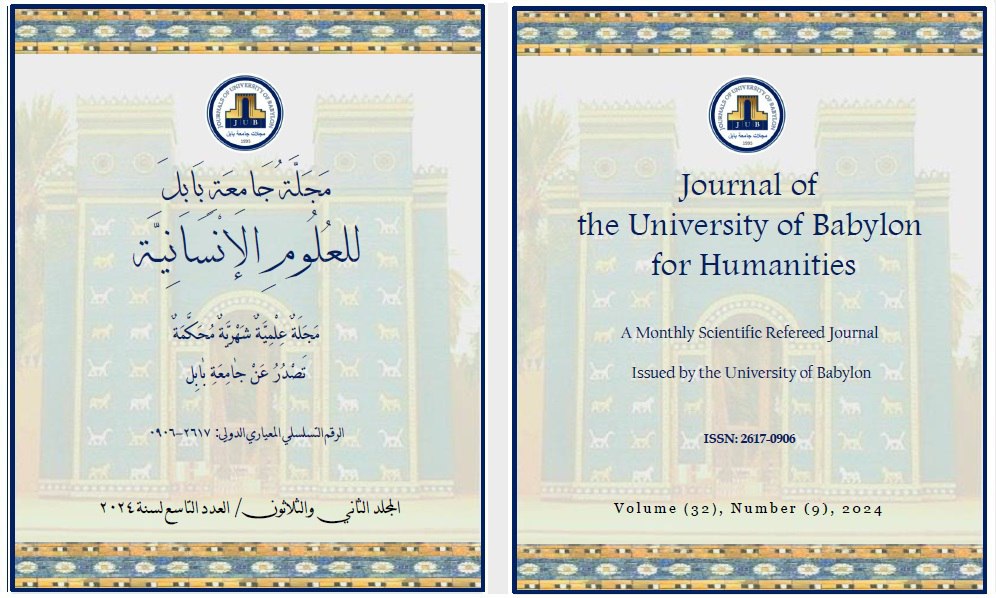Cultural Cross-fertilization and its Representations in Egyptian Hellenistic Pottery
Main Article Content
Abstract
The current research consists of four chapters, the first of which is concerned with stating the research problem, which is represented in the following question: What are the representations of the Greek-Egyptian cultural cross-pollination in the products of Hellenistic Egyptian pottery? The research aims to identify the cultural cross-pollination and its representations in Hellenistic Egyptian pottery. The second chapter includes three topics: The first topic: Cultural life in Egypt in the Hellenistic era. The second topic: The emergence and development of Hellenistic pottery art in Egypt, then the indicators that the theoretical framework number ended with. The third chapter included the research procedures related to the research community, the research sample, the research tool, the research methodology, and then the analysis of the research sample of 5 models of Hellenistic pottery productions in Egypt. The fourth chapter included results and inquiries. The most important results of the research are:
- The cultural and artistic mixing between the Greeks and the Eastern cultures led to an increase in demand for art, which led to the development of Greek art to reflect the variables of the Hellenistic period. The aesthetics of Hellenistic pottery were characterized by simplicity, emotion, and decorative effects.
- 2- In the Hellenistic era, the production of monochromatic pottery spread, due to the expansion of trade with the East, which contributed to the abundance of production and the lack of interest in decorative aspects.
Hence, the research results tend towards Hellenistic pottery thanks to its magic arising from its idea and its artistic breadth of the ideal three-dimensional image of classical Greek and Roman arts.
Article Details
Issue
Section

This work is licensed under a Creative Commons Attribution 4.0 International License.

